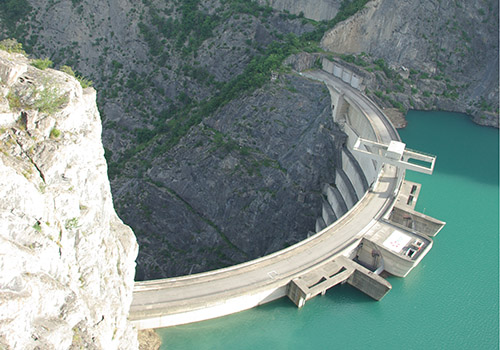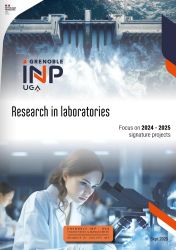
The risk of earthquakes is especially high in the region and threatens the civil engineering works and buildings which must meet stringent regulatory standards. The researchers at the 3SR laboratory work to develop advanced numerical models to dimension and verify the vulnerability of the structures accordingly. As part of the PERENITI industrial excellence chair, Grenoble scientists work with EDF to understand how dams react to seismic disturbances. “Therefore, the Saint Guérin dam in Beaufortain has been fitted with velocimeters in order to highlight the structural movements further to earthquakes in the area, explained Frédéric Dufour. The goal is to analyse the spatial variability of these movements at the scale of the dam and to observe the influence of this variability on the behaviour of the structure”. This ongoing work should help to better identify the safety margins on such structures and to eventually understand why concrete dams react very well to earthquakes. For its part, the ANR MACENA project coordinated by the laboratory and which brings together 9 partners relates to the control of the containment structures of nuclear power plants in the event of accident. “The aim is to characterise and model the mechanical behaviour and the containment structures under temperature and pressure conditions similar to those observed in Fukushima”. The stakes are high in light of the rising demand for energy in our society and its requirements in terms of safety.
SUMMARY
- Grenoble, high potential natural and technological risk management
- Dealing with natural and technological risks
- Falling boulders and snow
- An earthquake-prone area, vulnerable structures
- Water, the main risk factor
- Rocks: custodians of radioactive waste
- Coastal risks at the centre of LEGI research
- Several training courses including a MOOC!





